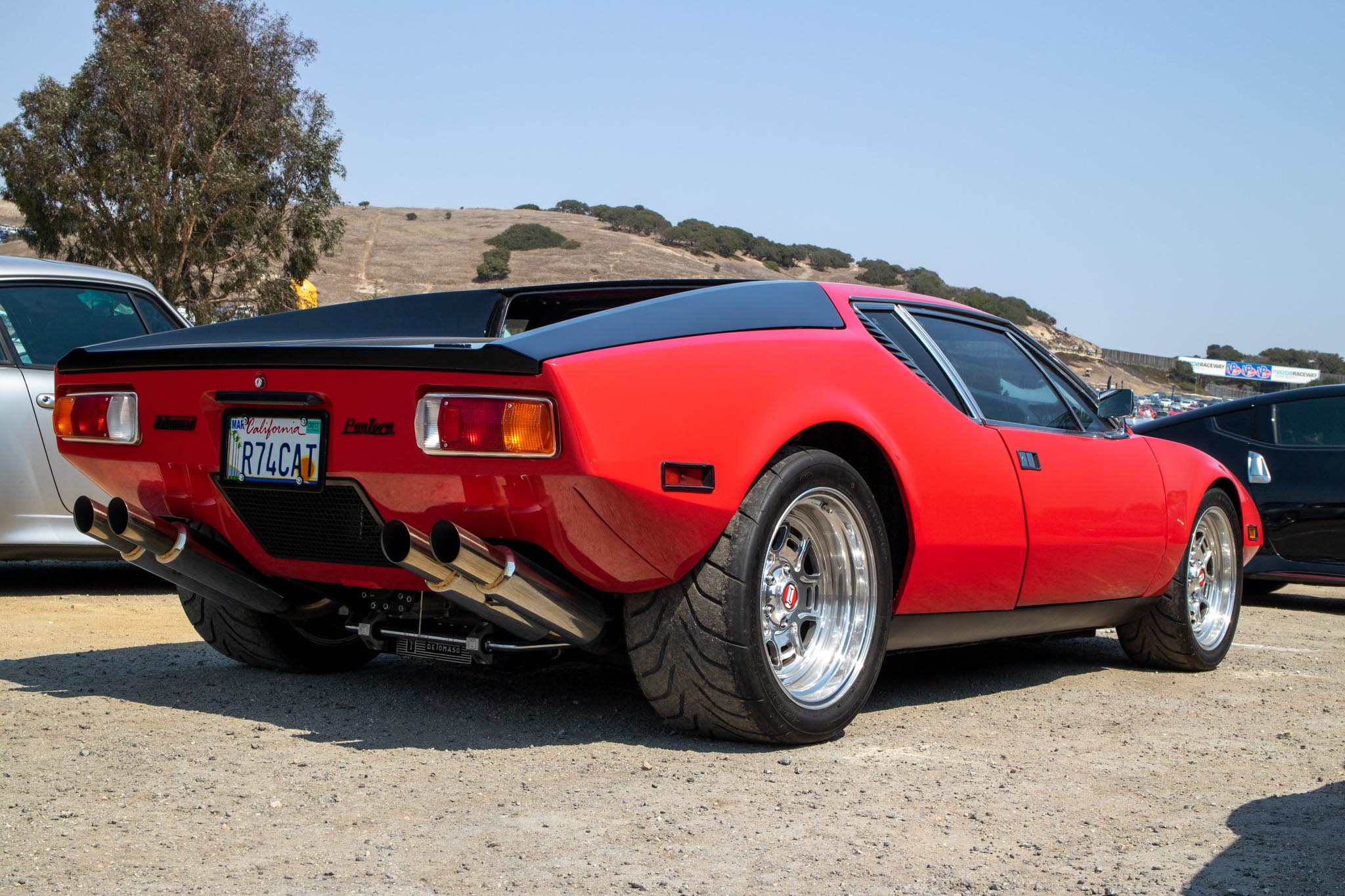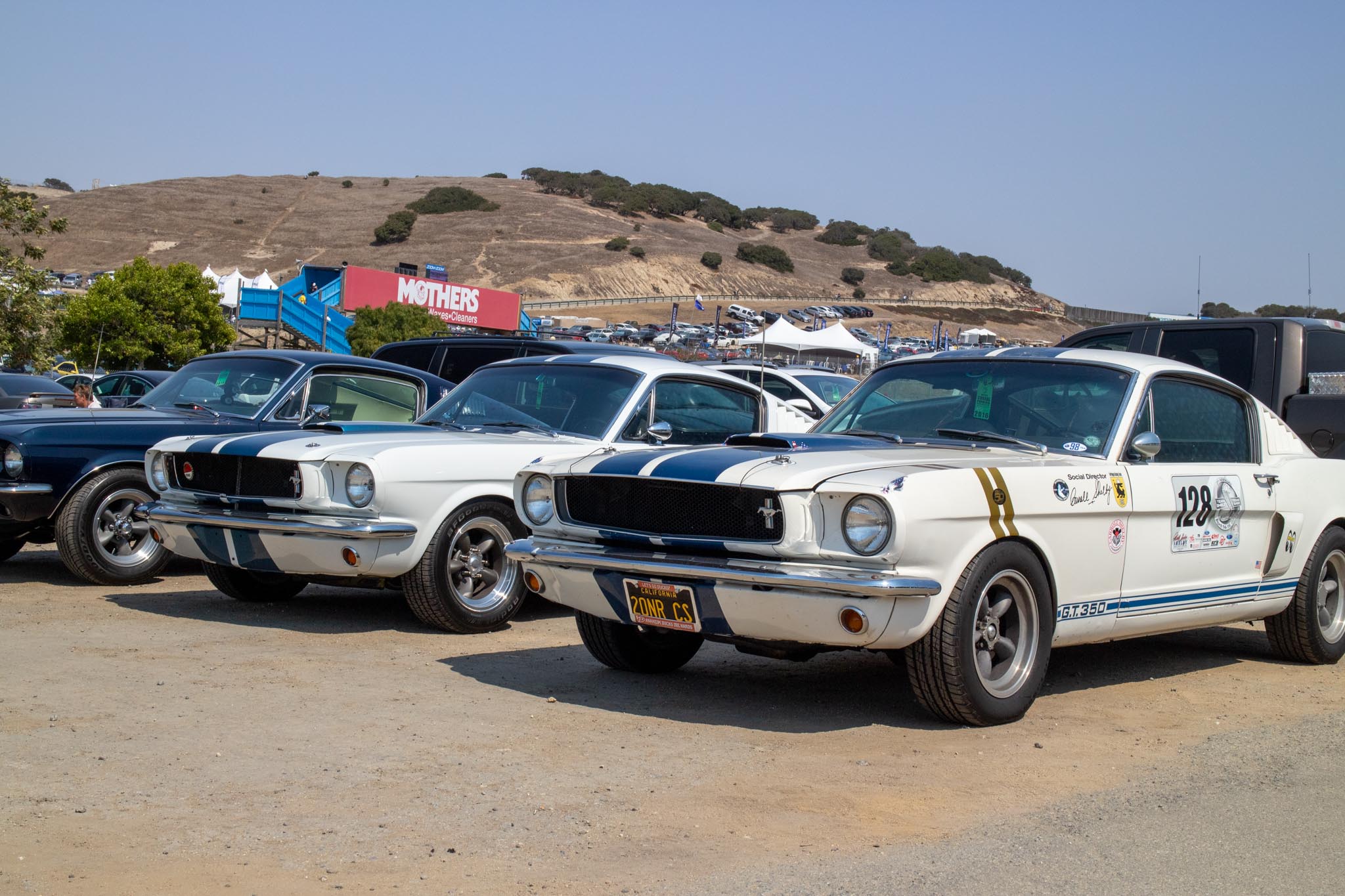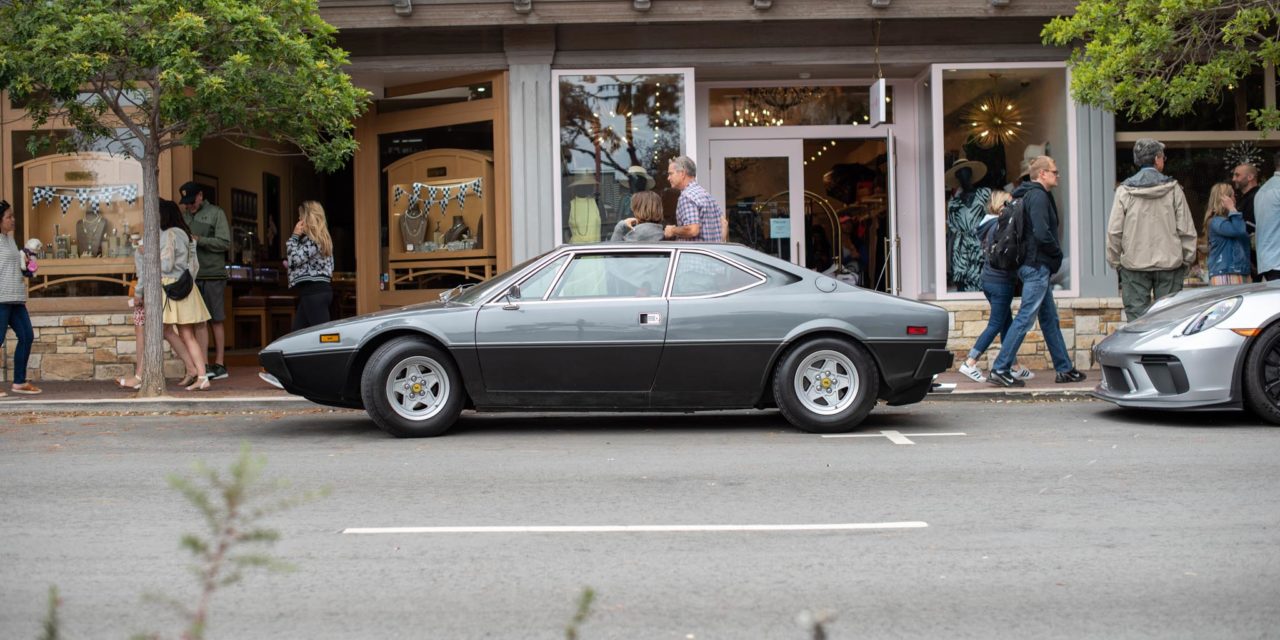California has officially made a rule that all new cars sold in California will have to be EV by 2035. The rule will not pertain to used car sales, or the operation/registration of used ICE cars. And up to 20% of the new 2035+ EVs are allowed to be hybrids.
**Only 20% hybrid seems odd, because hybrids currently hit a sweet spot of cost/efficiency/emissions with smaller batteries. Batteries that take over during low start/stop speeds where most emissions occur. Hybrids could in fact be a big part of the solution California wants. Seemingly more than a ‘20% solution’. Anyway…
It’s not that I don’t want Californians to breathe clean air lol.
Or that I don’t want California & the world to be a cleaner place (CA could start with the needles). But we need to realize that a zero-emissions vehicle is only ‘zero-emissions’ AFTER YOU MAKE IT. Actually making an EV, however, takes a tremendous amount of emissions, resources, and costs. Usually twice as much emissions as making a modern internal combustion vehicle. In fact – internal combustion engines run so clean these days, that it will currently take the EV about 80,000+ miles just to make up for its dirtier production methods. But – as EVs get bigger with more range, the batteries have to get bigger too… therefore that 2x gap is widening. So an EV doesn’t truly become more ’emissions-free’ than a new internal combustion car… until you’ve driven it a significant distance. But how many miles are people really putting on EVs before they replace them? How much more than 80,000 miles?
You also have to look at how ‘the electricity that an EV uses’ is made. Currently, about 2/3rds of the electricity that an EV uses still comes from burning things, which makes emissions. Now it’s true – EVs do alleviate pollution in densely populated places, because the cars themselves do not make emissions. But make no mistake – emissions have ben made. California is not fixing the problem. They’re just fixing the problem… for California.

Meanwhile – the truly ugly parts of EV manufacturing…
AKA: the emissions, the burning, the deforestation, the spreading deep holes/cancers in the earth, the corruption, and the deadly working conditions. That’s all happening in other places where California can pretend it doesn’t exist… while putting cute little ‘zero-emission’ stickers on their cars.
Now we can probably assume…
That car manufacturers WILL NOT pull out of California all together & tell ‘em to fuck off. And we can assume that car makers will be forced into finding ways to meet California’s 2035 requirements. But – it will come at a cost. A tremendous cost. Accelerated R&D is not free. EVs are damn sure not free. And rushed-to-market EVs come with big expensive recalls (as we’ve seen). Therefore – the price of new vehicles in this country will continue to rise at disabling rates, which will also drag with it, the price of used vehicles. Not just for California, but for everyone. A lot of this country’s economy revolves around affordable transportation. If this is the way we’re going… expect to see hits in all parts of American industries.

You can expect the costs of new vehicles go up by $3,000-$5,000 per year…
That is – at least until the automotive industry can get a grip on battery costs. You can also expect EVs to become obsolete more quickly than internal combustion, which means they have to be manufactured more often. And that all circles back to more environmental concerns AND cost concerns. I’ll give two quick examples in the news this week. 1) The cost of the Ford Mustang Mach E & Ford Lightning is going up $3,000-$8,000 between the 2022 & 2023 model years. Not because they got better… but because they got more expensive to make than the year before. 2) A battery needed to be replaced this week in a 2012 Chevy Volt with 70,0000 miles on it; the cost was $30,000 when you included tax.
California can do what they want.
But we need to realize that when they leverage the automotive industry into the equation, they’re going to affect the rest of the country’s buying options, infrastructure, tax dollars, and economy.
If we let internal combustion vehicles & EVs compete naturally, both will get better… and we will find a path to improvement without flipping everything on its head. We’ve never seen a true competitor to internal combustion until recent years. And yet – look how much better internal combustion has gotten over the decades. Imagine how much better it could get still… with competition from EVs pushing ICE forward.





